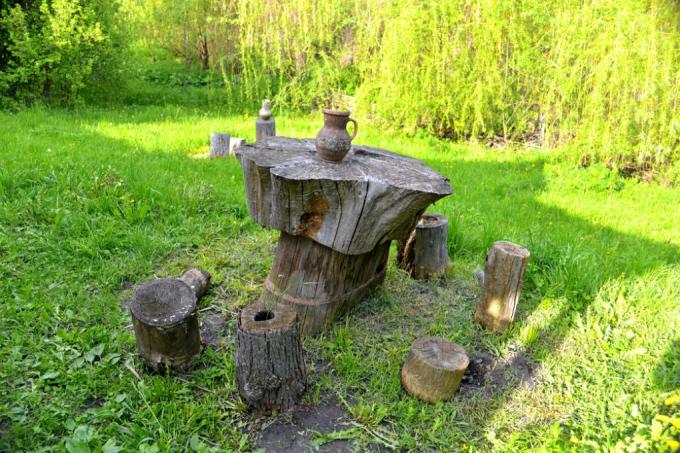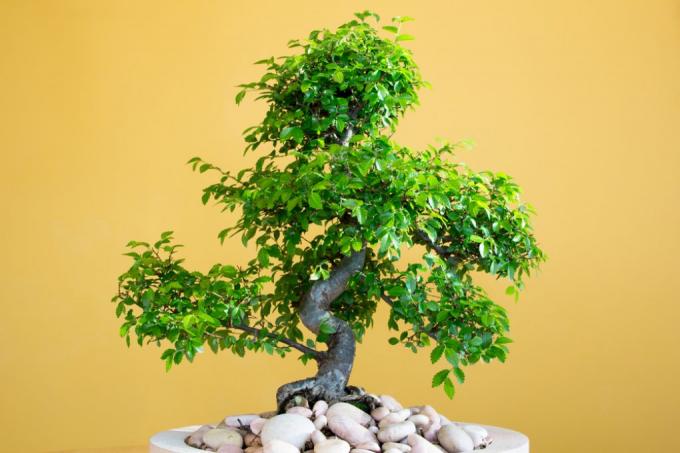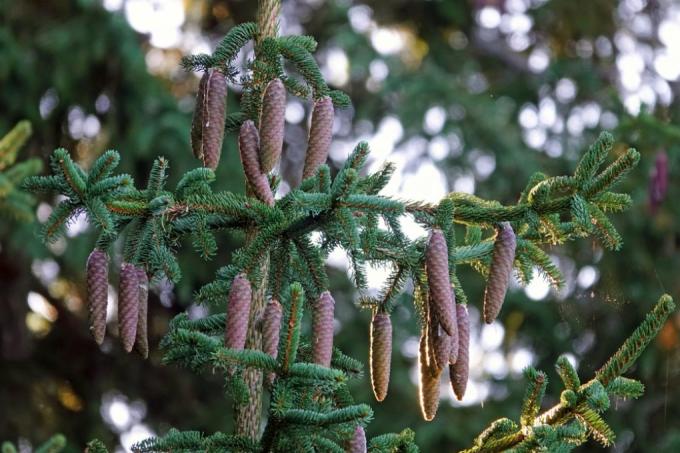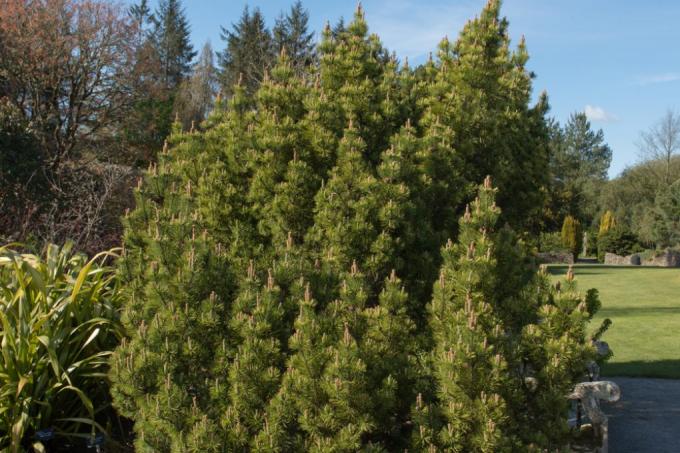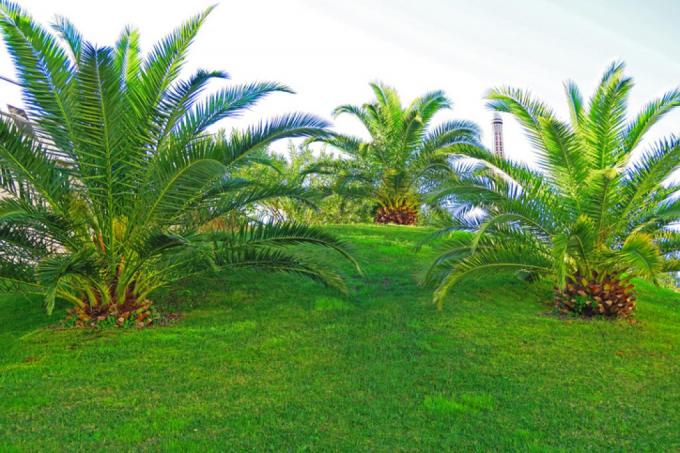Preparation:
So that the terrace flooring is actually exactly as you imagine it, you should take enough time for the planning:
- Measure the intended area and draw it true to scale.
- Insert the substructure, the distances between the floorboards and each individual board into the plan.
- Now calculate how much material you need.
also read
You should also consider which wood you want to lay:
- The popular Bangkirai is a wood that comes from Southeast Asia. It is weather-resistant and has a beautiful, reddish-brown color.
- Various tropical woods such as teak, garapa or massaranduba are also suitable. For ecological reasons, only buy FSC-certified tropical wood.
- The eco-balance of domestic wood is much better. A wooden terrace made of Douglas fir, larch or robinia is also very durable. Beech or pine wood, which has the same properties as teak due to a special temperature treatment, is also recommended.
The height of the wooden deck
Include specified heights such as the thresholds of the patio doors in your planning. These should be at a height or form a clearly visible step so that there are no dangerous tripping hazards. The ground has to be dug out accordingly deep.
The substructure
For uncovered wooden terraces, you should create a gradient of between one and two percent. This allows water to run off easily along the longitudinal grooves and the terrace dries faster.
When it comes to the actual support structure, you have a number of options. You can use a concrete block sub-base that is fairly easy to put in place, or you can use a spot foundation with joist supports that is very durable.
Lay floorboards
It is often read that a wooden terrace should be screwed directly to the house wall. Since the wood works, we advise against this. It is better to leave a gap of half to one centimeter. This prevents tension in the wood from causing cracks or bulges.
When installing the decking, start at one end and attach the board to the joist at the front and back. To ensure that all screws are in a line, you should stretch a mason's cord. Pre-drill the holes for hard tropical wood. Plastic spacers make it easier to maintain an exact floorboard spacing of five millimetres.
Finally, saw off the protruding plank ends with the hand-held circular saw and break off the edges. Sand down corners and edges with sandpaper.
Tip
How long your new wooden terrace will last depends, among other things, on the location. In shady locations under large trees, it is usually relatively damp and the natural material weathers faster due to possible algae growth. The risk of fungal attack and rot is also higher here. In these areas, the use of wood-plastic composites (WPC), a composite material made of wood and plastic that is very weather-resistant, is recommended.

